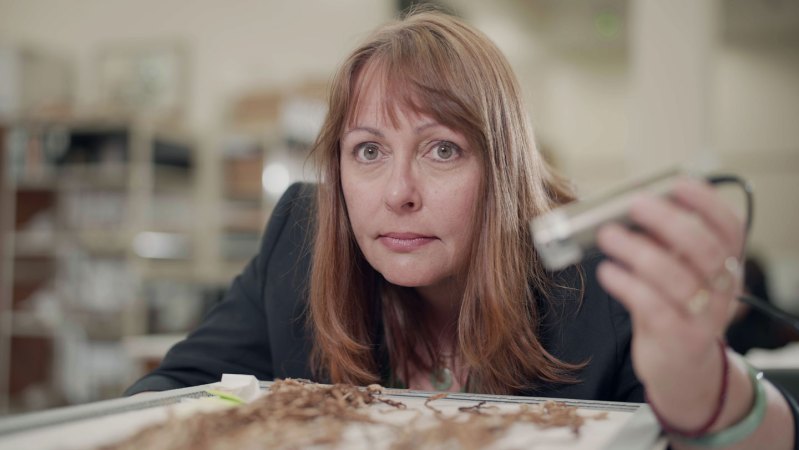
A recently analyzed hair measuring 104 centimeters has the potential to reshape our understanding of recordkeeping within Inca society. This hair, discovered as part of a knotted device, offers insights into the dietary habits of its owner, suggesting that commoners may have participated in recordkeeping practices, previously considered exclusive to the elite.
The research team, consisting of experts in archaeology and anthropology, conducted an extensive analysis of the hair. Their findings indicate that the individual’s diet was primarily composed of simple, locally sourced foods. This challenges the long-held belief that only the elite class engaged in activities related to recordkeeping and information management in the Inca civilization.
Reevaluating Inca Social Structures
The implications of this discovery extend beyond dietary habits. The presence of this hair in a knotted device indicates that commoners may have had a role in maintaining records, suggesting a more complex social structure than previously understood. Traditionally, historians have viewed recordkeeping as a privilege of the high-ranking members of society, but this new evidence indicates that the practice may have been more widespread.
Researchers believe that the ability to record information could have been vital for various aspects of Inca life, including agricultural management and resource distribution. This suggests that the skills associated with recordkeeping were not confined to the elite, but rather permeated throughout society.
The findings were published in a recent issue of the Journal of Archaeological Science, which highlights the importance of interdisciplinary approaches in uncovering the complexities of ancient cultures. The analysis of the hair and its context sheds light on the everyday lives of the Inca people and their interactions with the elite.
Broader Implications for Understanding Ancient Cultures
As archaeologists continue to explore the Inca civilization, discoveries like this hair may lead to a reevaluation of social hierarchies in other ancient cultures as well. The traditional narratives surrounding who had access to information and knowledge may need to be revisited.
This research not only adds to our understanding of the Inca but also emphasizes the significance of everyday individuals in shaping historical narratives. It serves as a reminder that history is often written by those in power, but it is shaped by the actions of many.
The study of this hair and its implications for Inca society exemplifies how modern science can illuminate the past, offering a more nuanced view of history. As further research unfolds, it may open new avenues for understanding the intricate web of relationships that existed in ancient South America.







